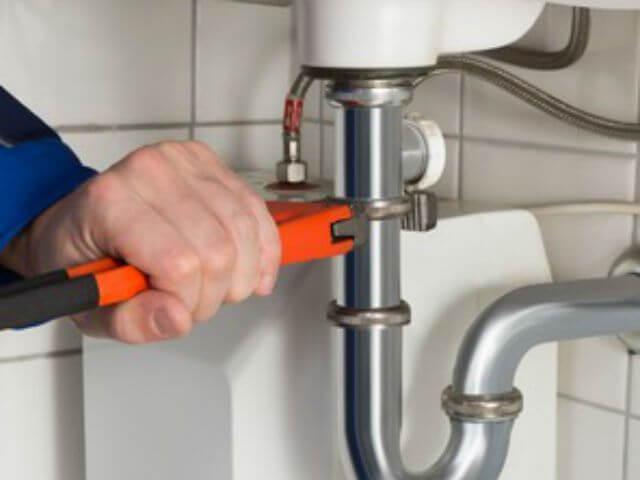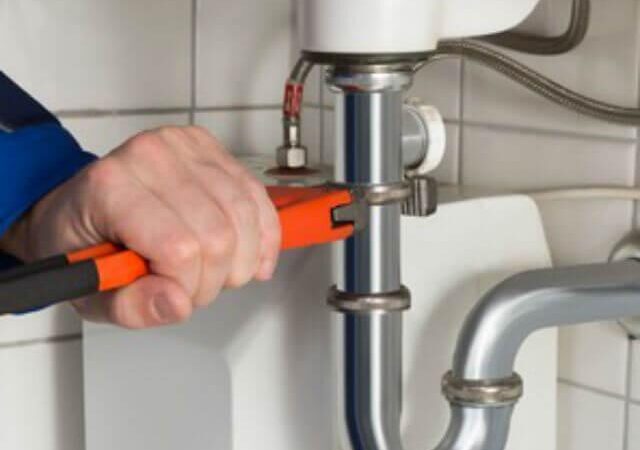Pipes are the unsung heroes of infrastructure, silently ferrying essential liquids and gases to where they are needed most. From residential plumbing systems to industrial complexes, pipes form the backbone of our modern world. Yet, despite their ubiquity, the diversity of pipe materials often goes unnoticed. Understanding the different types of pipe materials is crucial for engineers, contractors, and homeowners alike. So, let’s embark on a journey to unravel the mysteries of these essential conduits.
The Foundations: Common Pipe Materials
- Steel Pipes: Steel pipes are stalwarts of the industry, prized for their durability and strength. Commonly used in industrial applications, they withstand high pressure and temperature variations. However, susceptibility to corrosion can be a concern, especially in environments with high moisture content.
- Copper Pipes: Renowned for their reliability and longevity, copper pipes have adorned countless households for decades. Their resistance to corrosion, along with excellent thermal conductivity, makes them ideal for plumbing systems. While initially more expensive than other options, their lifespan often justifies the investment.
- PVC Pipes: Polyvinyl chloride (PVC) pipes have revolutionized the plumbing landscape with their affordability and versatility. Lightweight yet robust, they are resistant to corrosion and chemical degradation. Widely used in both residential and commercial settings, PVC pipes are easy to install and maintain.
- PEX Pipes: Cross-linked polyethylene (PEX) pipes have surged in popularity due to their flexibility and ease of installation. With excellent resistance to extreme temperatures and chemicals, they offer a reliable alternative to traditional materials. PEX pipes are particularly favored for their resistance to freezing, making them ideal for cold climates.
Specialized Solutions: Niche Pipe Materials
- Cast Iron Pipes: Cast iron pipes, though less common today, have a rich history in plumbing and drainage systems. Known for their exceptional strength and sound-dampening properties, they were once the go-to choice for municipal infrastructure. However, their weight and susceptibility to corrosion have led to a decline in usage.
- HDPE Pipes: High-density polyethylene (HDPE) pipes have carved a niche in industries requiring resistance to chemicals and abrasion. Their flexibility and lightweight nature make them suitable for a range of applications, including water supply, drainage, and gas distribution. HDPE pipes boast long service lives and low maintenance requirements.
- Galvanized Steel Pipes: Galvanized steel pipes are coated with a layer of zinc to enhance corrosion resistance, making them ideal for outdoor use. While once prevalent in plumbing, concerns over lead contamination from older pipes have led to a decline in their popularity. However, modern galvanized pipes offer a viable solution for certain applications. To learn more about plumbing, there are a ton of interesting articles at https://hi-techplumbingandair.com/plumbing/emergency-plumbing/.

Factors Influencing Material Selection
Choosing the right pipe material involves careful consideration of various factors:
- Cost: Initial investment, maintenance expenses, and longevity all impact the overall cost-effectiveness of a material.
- Environment: Factors such as temperature extremes, chemical exposure, and soil conditions dictate the suitability of different materials.
- Application: Whether it’s for potable water, sewage, gas, or industrial fluids, each application has unique requirements that influence material selection.
- Regulations: Compliance with local building codes and regulations is paramount to ensure safety and legal compliance.
Conclusion
In the labyrinth of pipe materials, each option offers a distinct set of advantages and limitations. By understanding the nuances of different materials, stakeholders can make informed decisions that balance performance, cost, and longevity. Whether it’s the timeless reliability of copper, the modern convenience of PVC, or the specialized properties of HDPE, there’s a pipe material to suit every need. So, let’s navigate this maze with clarity and purpose, ensuring that our infrastructure stands the test of time.

